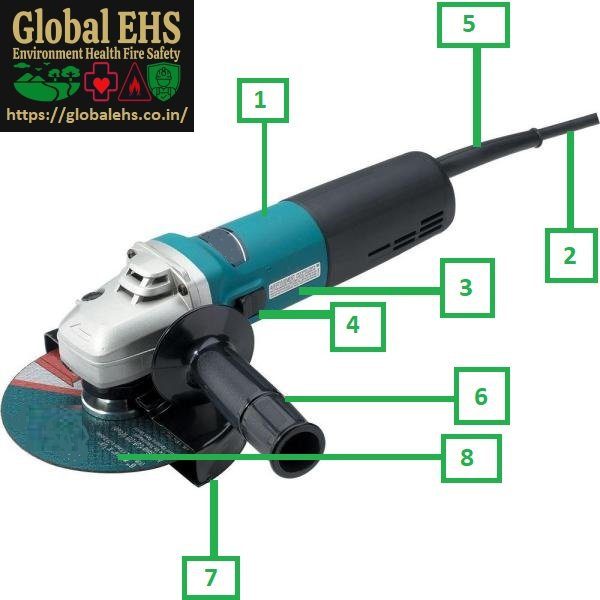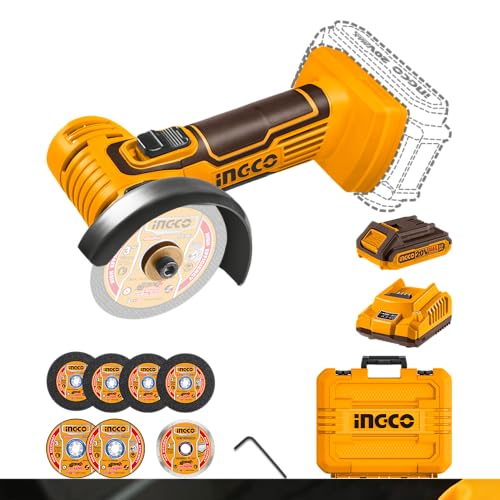Portable Grinder Inspection Checklist
A person can hold a portable grinder in the hand and use it to cut, polish, sand, or grind various materials, including stone, wood, and metal. It is more appropriate for flexible or on-site use than stationary work because it is portable and hand-operated, and it usually has a revolving abrasive wheel or disc.
Key Characteristics:
- Hand-held: Small and made to be held in the hand and controlled by hand.
- Abrasive disc or wheel: Grinding or cutting by an abrasive disk or wheel.
- Electric or pneumatic powered: Typically driven by compressed air or electricity (corded or battery-operated).
- Versatile: Frequently employed in maintenance, fabrication, metalworking, and building projects.
Company Name :
Date of Inspection :
Make :
Model :
Number :
Owned/Hired/Contractor :
Checkpoints for Portable Grinder Inspection :
| SN | Details |
| 1 | Portable Grinder should be physically sound and in working condition. |
| 2 | Portable Grinder Cable should be damage free and always use industrial plug to take power connection. |
| 3 | Capacity of Motor should be marked clearly or refer manual. |
| 4 | Dead man switch should be in working condition. |
| 5 | Provision of flexible cord to prevent cable damage. |
| 6 | Provision of handle for better control. |
| 7 | Wheel guard installation with grinder. Gap between guard and wheel should not be more than 3mm. |
| 8 | Grinding/cutting wheel should free from defect and rotating capacity should be marked. Inspection before every use. |
| 9 | Double insulation and grounding by proper means. |
| 10 | Must use designated key for removing and changing wheel. |
| 11 | Operation of machine by competent and experienced person. |
| 12 | RPM of wheel must be greater than RPM of motor. |
| 13 | Must use all PPE while operating Portable Grinder. |

| Fit for use: Yes/No |
| Inspection Done By: |
| Name: |
| Department: |
| Designation: |
| Signature: |
| Date: |
| Review Done By: |
| Name: |
| Department: |
| Designation: |
| Signature: |
| Date: |
Click here for more checklist…


